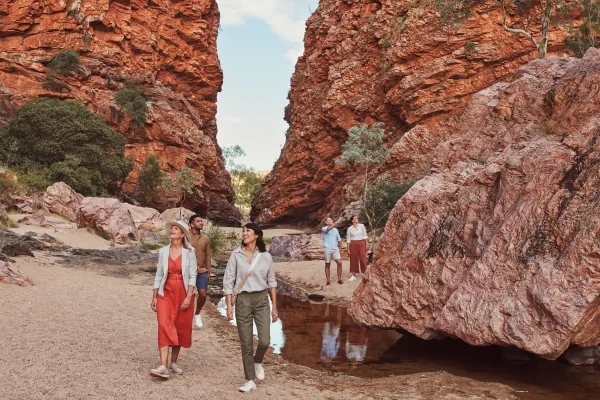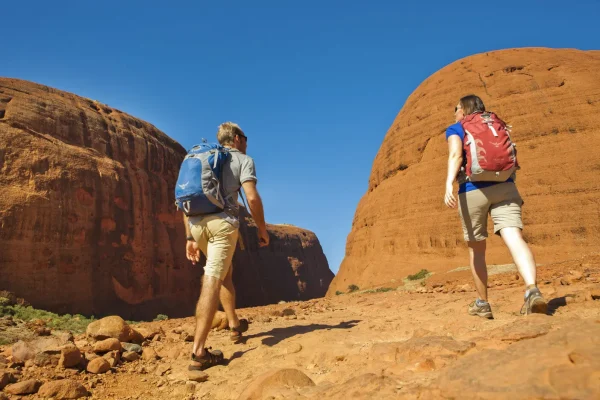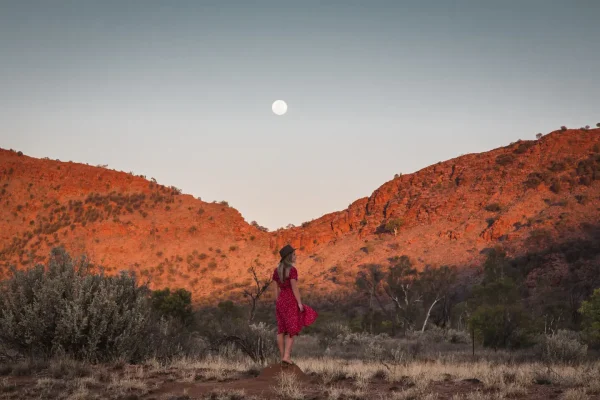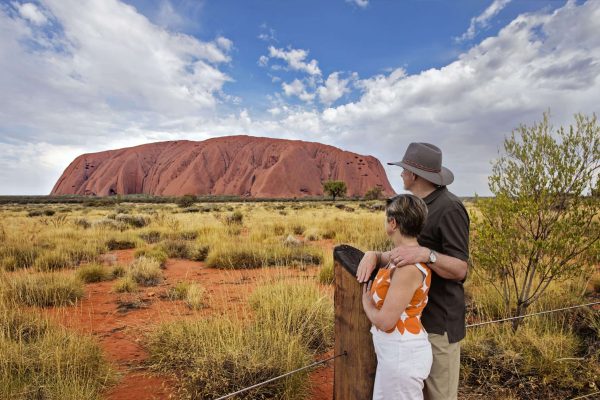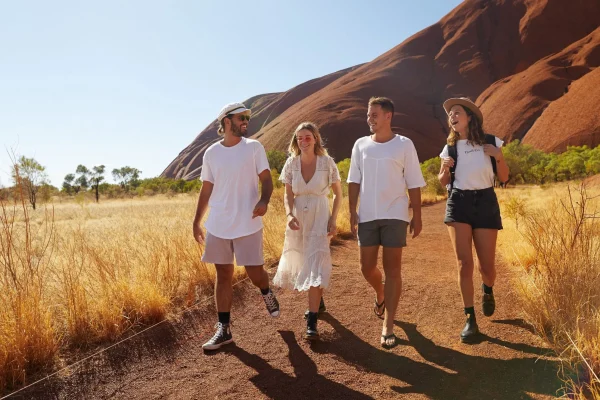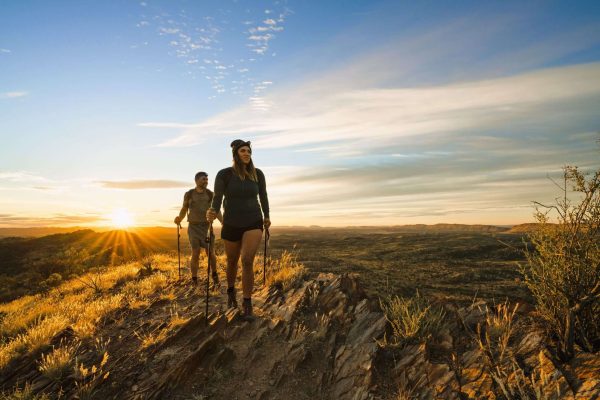Red Centre Tours
- Departure / Arrival
- 7:00-18:00
- Starts & Finishes
- Alice Springs
- Days
- 1 Day
- Style
- Original
- 176-195 AUD
- Departure / Arrival
- 6:00-12:00
- Starts & Finishes
- Alice Springs / Yulara
- Days
- 2 Day / 1 Night
- Style
- Adventure
- 700 AUD
- Departure / Arrival
- 12:00-18:30
- Starts & Finishes
- Yulara / Alice Springs
- Days
- 3 Day / 2 Night
- Style
- Adventure
- 995 AUD
- Departure / Arrival
- 6:00-18:30
- Starts & Finishes
- Alice Springs
- Days
- 3 Day / 2 Night
- Style
- Adventure
- 1115 AUD
- 995 AUD
- Departure / Arrival
- 6:00-8:30
- Starts & Finishes
- Alice Springs
- Days
- 4 Day / 3 Night
- Style
- Adventure
- 1600 AUD
- 1380 AUD
- Departure / Arrival
- 6:00-17:00
- Starts & Finishes
- Alice Springs
- Days
- 5 Day / 4 Night
- Style
- Adventure
- 3125 AUD
Uluru
Jettisoning out of the ground more than 348 metres into the sky, Uluru, also known as Ayers Rock, is now closed to climbing.
The spiritual landform of the Anangu people has been an iconic rock that many tourists have attempted to climb over the years. Sadly, more than 37 people died while trying to complete the climb of this iconic rock.
The climbing ban was approved by the governing board members of the Uluru-Kata Tjuta National Park in November 2017. The closure took effect on 26 October 2019, coinciding with the 34th anniversary of Uluru being returned to the Anangu people. Crews have already started removing the chain link safety guard tourists followed while climbing.
There are mixed feelings about the climbing closure from all sides of the aisle. For years, the Anangu people have argued that climbing Uluru was the equivalent of defacing a religious temple. The Anangu people believe Uluru is an intricate piece of their creation story and that the monolith should be protected from unnecessary erosion caused by climbers.
On the other hand, people who have climbed or want to climb Uluru believe the rock is just a rock and is there to be conquered.
In recent months, Uluru has been under siege by thousands of people trying to climb the rock before the closure date. On the day of closure, some 1,000 people climbed to the top amongst chants from Anangu elders, who told them not to climb on their spiritual landform, recognized as a UNESCO World Heritage Site.
In recent years less than 20% of the tourists that flocked to Uluru actually climbed to the top of this iconic landform west of the Red Centre of Northern Australia. Most visitors relish the views of the magnificent landform from afar as the monolith changes colour throughout the day and during each season, many while enjoying a glass of sparkling wine on one of our Uluru tours!
Those who choose to visit on one of our tours can still undertake part of the 10km hike, which goes around the base of the rock. Another plus for travellers is that they will find more appreciative Anangu people who want to share more of their culture with outsiders.
Just like after the Great Pyramids in Egypt were closed to climbing, somebody will always want to climb Uluru. But today’s travel industry differs with tourists looking for cultural and natural experiences. There is much to appreciate about the Uluru tour without climbing, so enjoy the landscape and the stories of the Anangu people.

